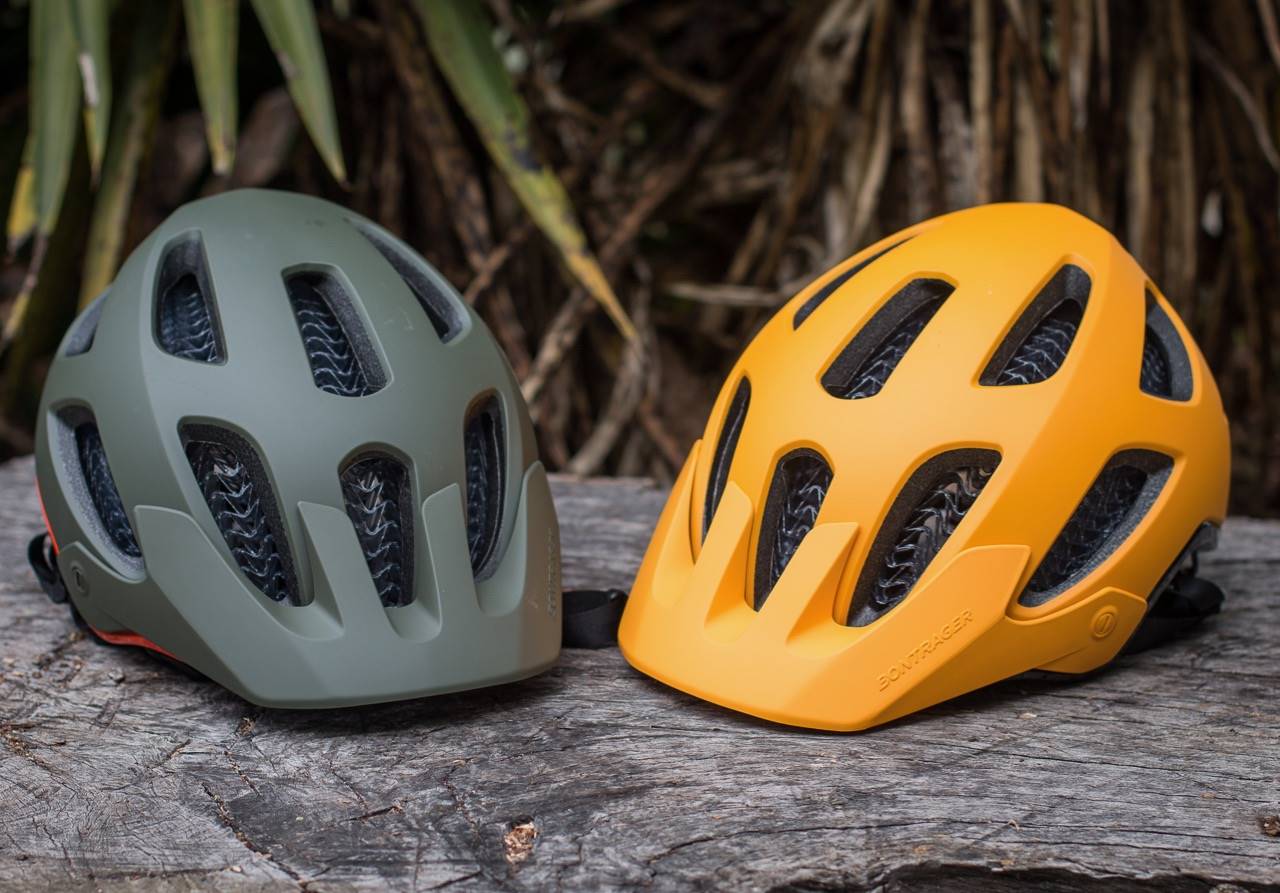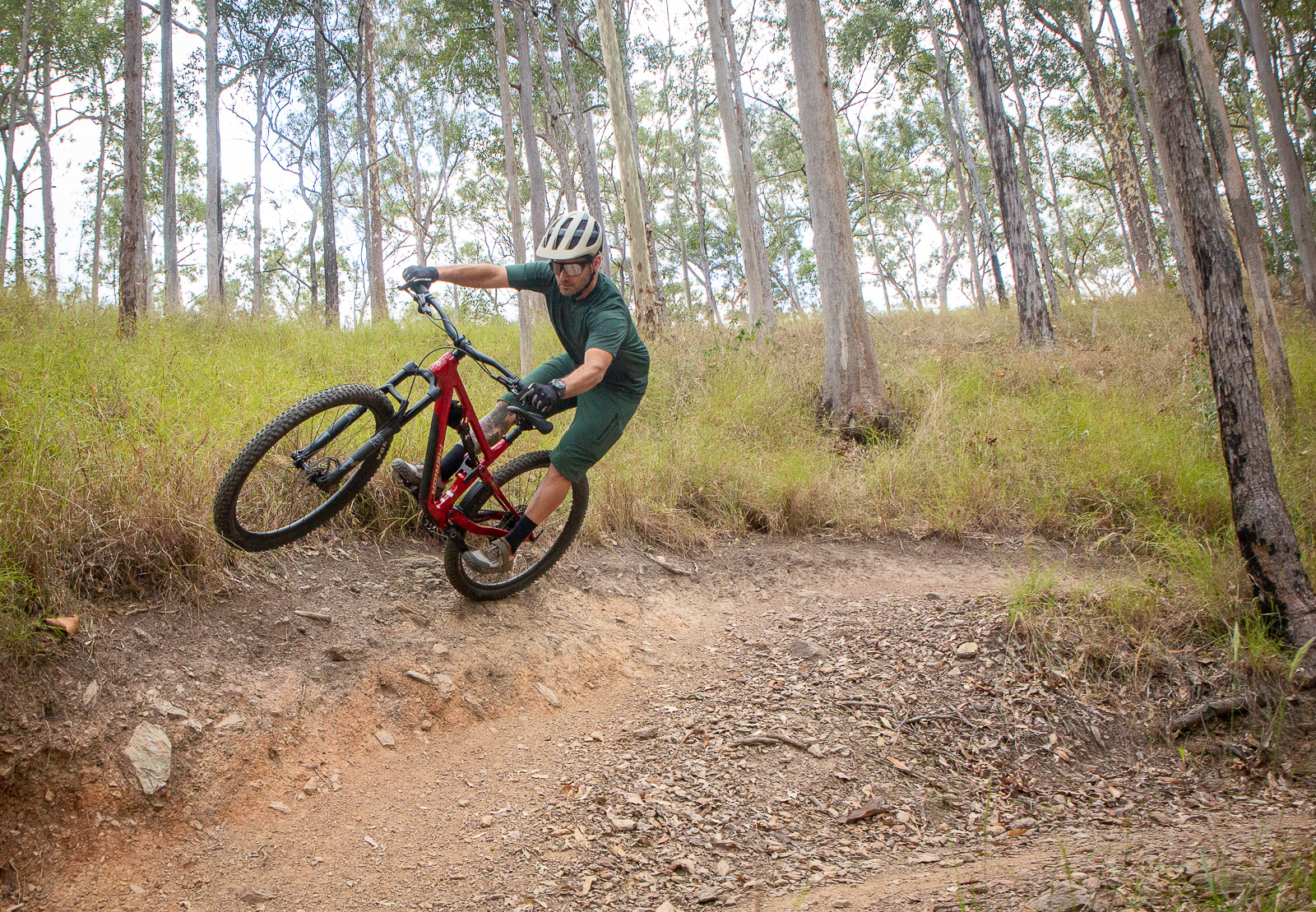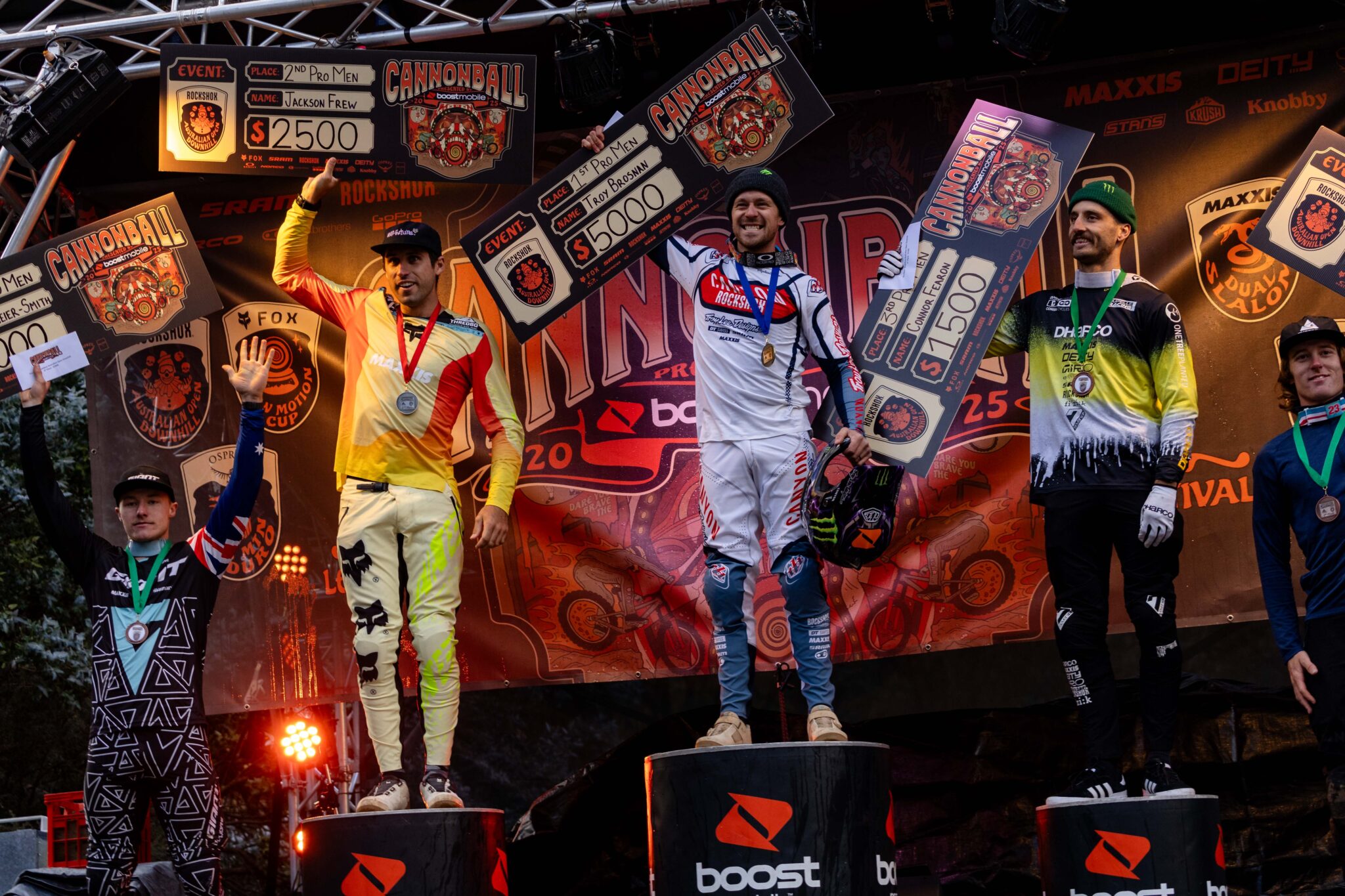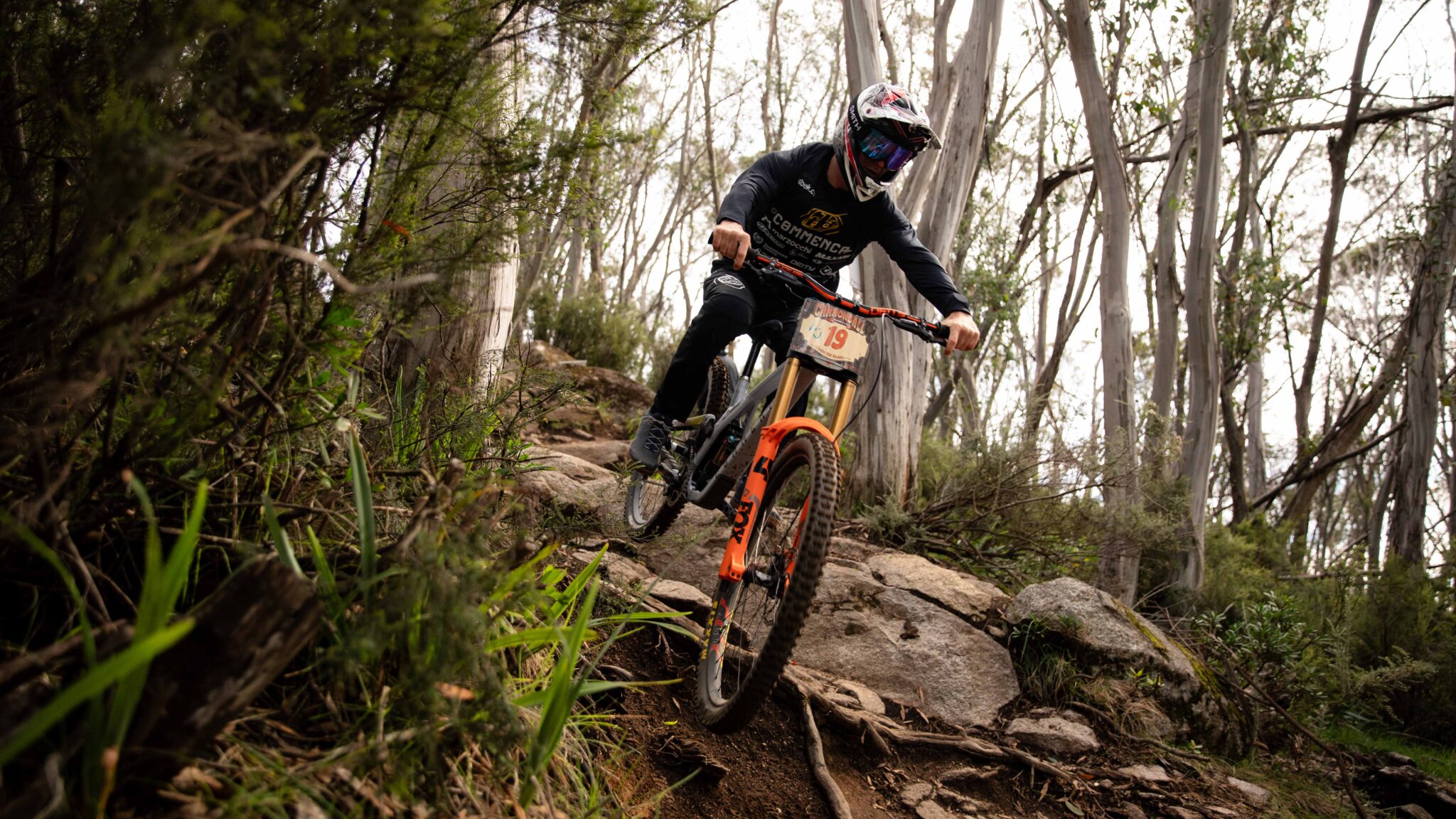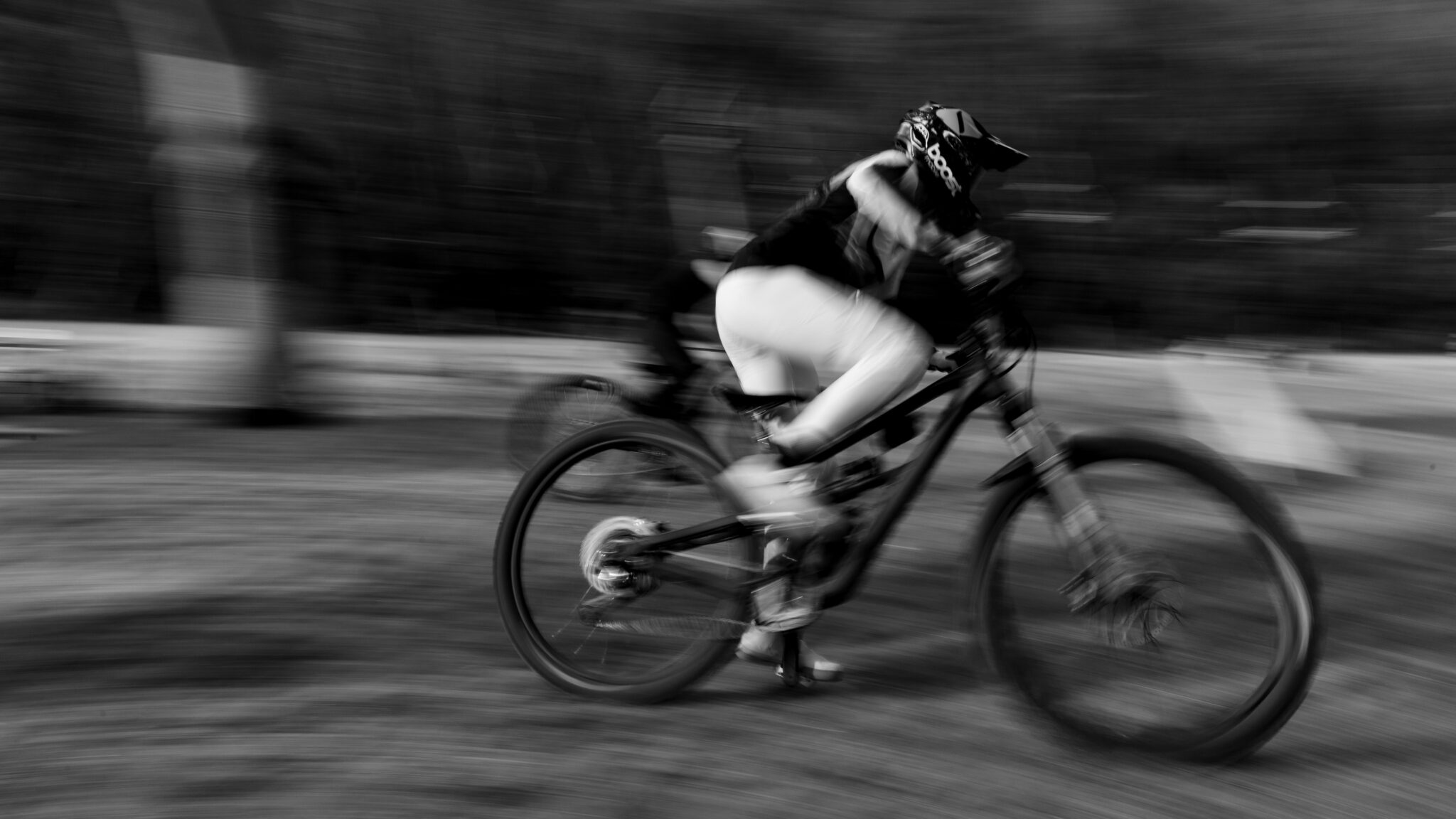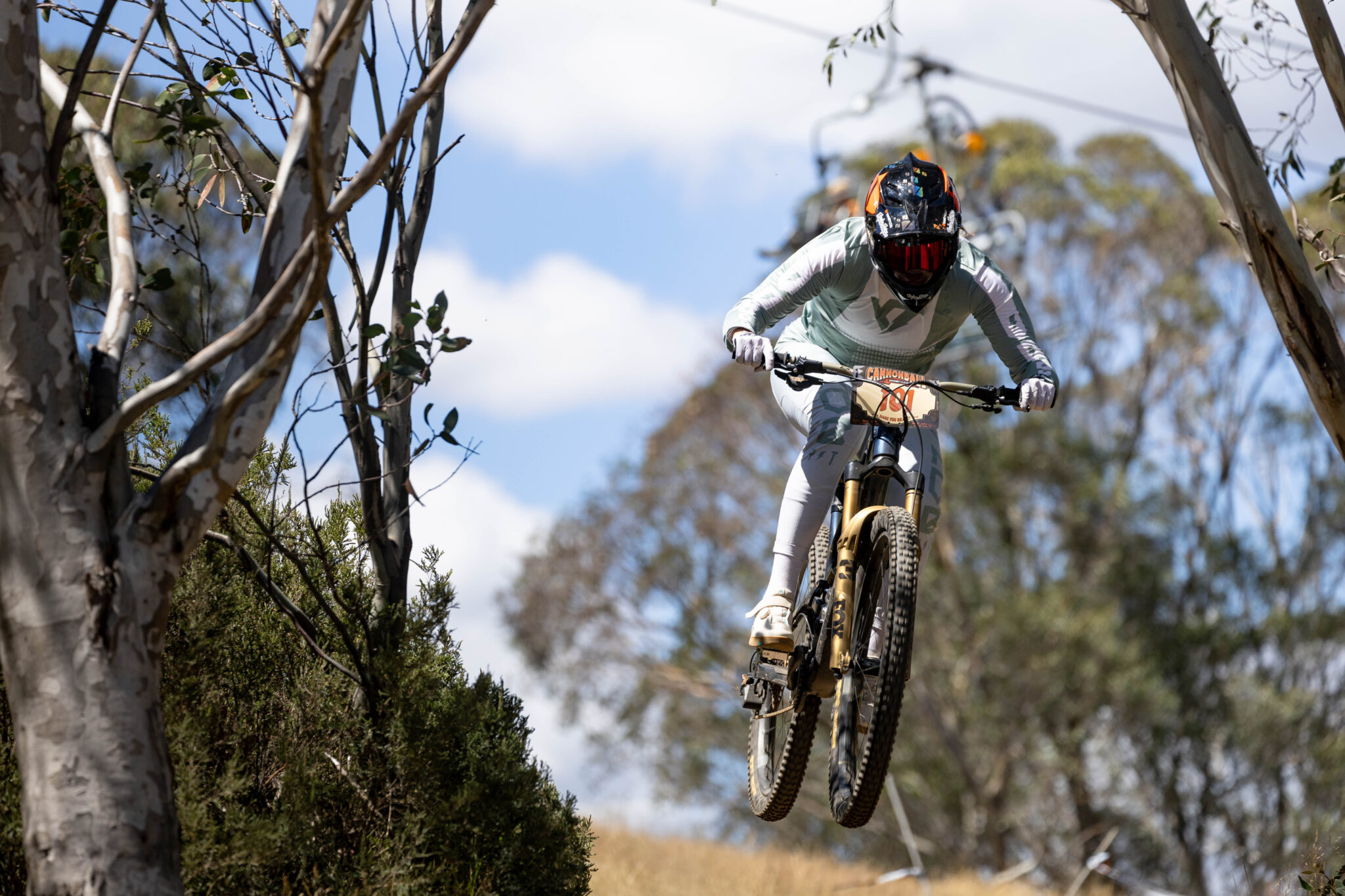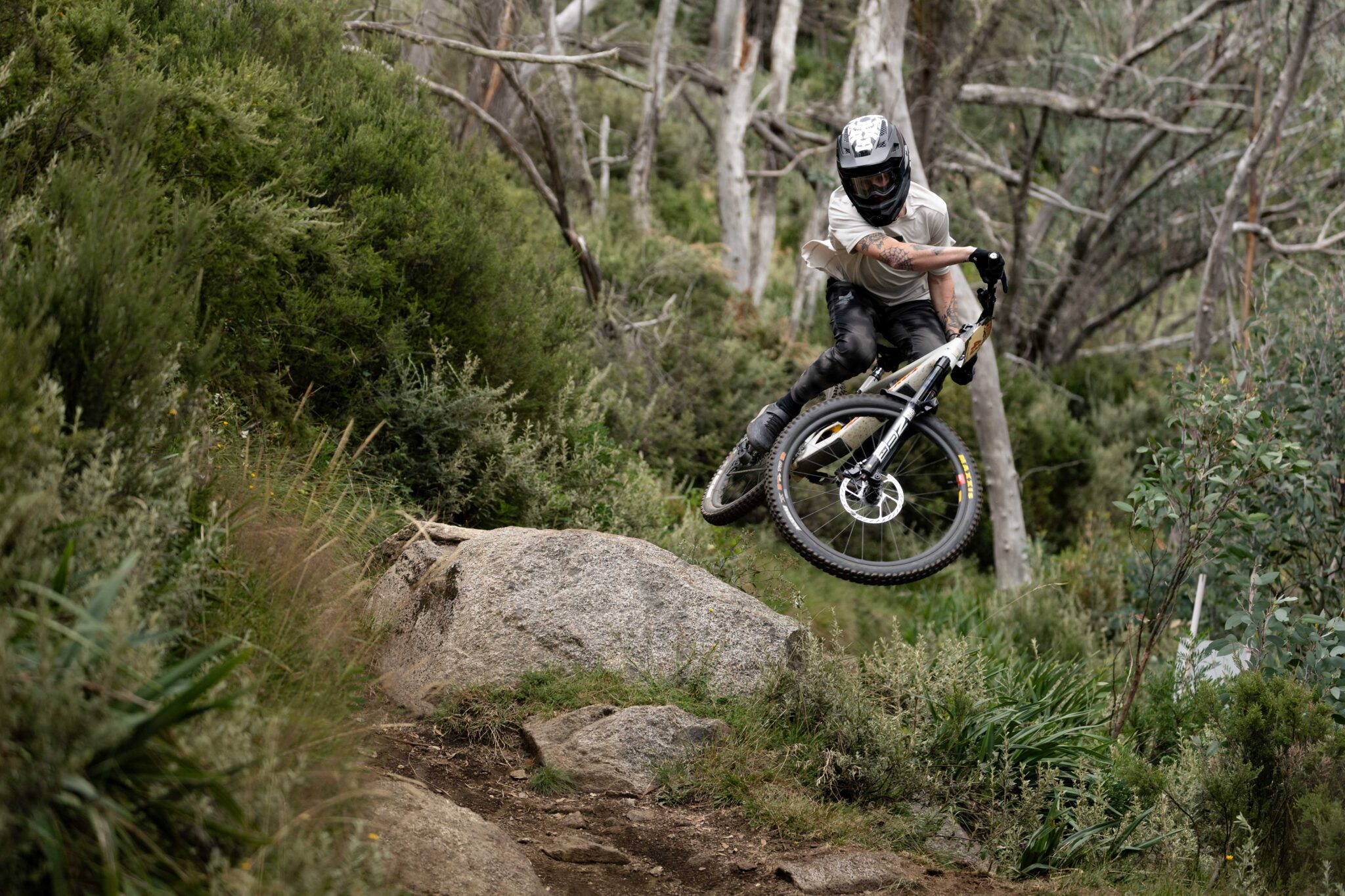TESTED: Bontrager Rally WaveCel helmet
Find out how the WaveCel helmets from Bontrager feel on the trails!
Words: Mike Blewitt Photos: Colin Levitch
The humble bike helmet has come a long way since the Stack Hat, or the flying pumpkin as my mate’s dad called it as we grew up in the late 80s early 90s. The general concept has remained – reduce the force of impact that gets transferred to your brain, and therefore reduce the severity of injury. The materials used to do this, and therefore the weight, ventilation, fit and looks have come a long way over the last few decades though.
Of course there are different ways to achieve the protection that a mountain bike helmet needs to offer, but when you tie in constraints based around ventilation, aesthetics and affordability, you can see why we end up with a lot of helmets that look about the same – a big chunk of EPS (expanded polystyrene) foam with a light exterior shell and some vents. Sometimes there are more vents and an additional internal structure to hold it together better for a major crash. Snd sometimes the foam extends lower at the back, which is especially beneficial on a trail helmet. All the different retention systems help, but the key safety aspects are the amount of foam and having the chin strap done up on a helmet that’s the right size, based on feedback from helmet designers who understand how and where a helmet offers protection.

With MIPS entering the market, we learnt that a thin ‘slip’ layer could allow for rotational movement that would then reduce the severity of the impact for a rotational force. And in 2019, Bontrager released their first range of helmets using WaveCel. The material was open for airflow, but offered linear and rotational impact protection from the one material, with claims of being 48 times safer than a helmet without WaveCel.
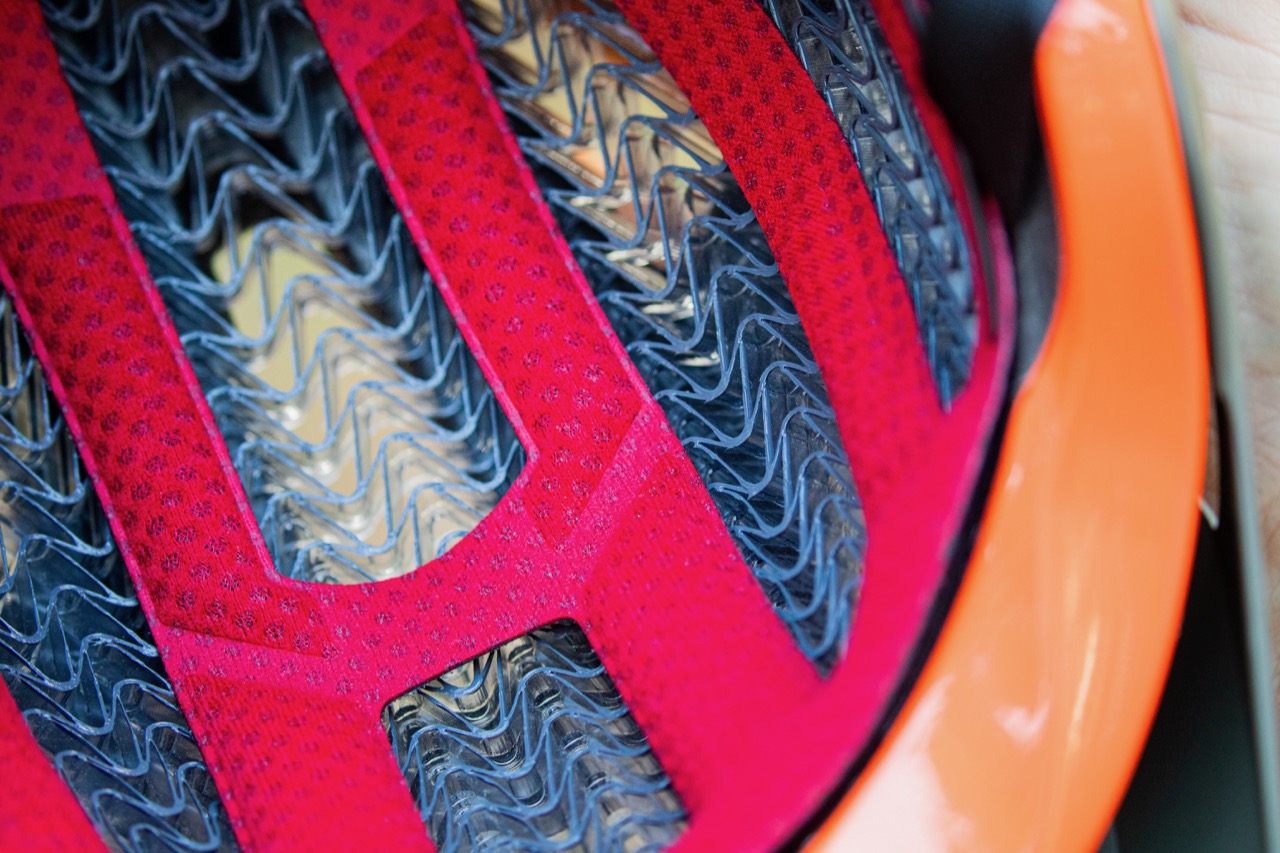
Lab tests aside, we found the Bontrager Blaze WaveCel very comfortable, if not a little bit warm, a little bulky and heavy, and reasonably expensive at $349.99. What price can you put on your safety? The Blaze WaveCel went up against some pretty sleek and light helmets that all pass the same safety standards to be sold in Australia, and clearly Bontrager were working to bring their new super material to a lower price point.
So in 2020 Bontrager have expanded their WaveCel range with the $229.99 WaveCel Rally, and the Jet WaveCel kids helmet that sells for $149.99. Visually, the Rally WaveCel looks almost the same as the Blaze WaveCel. The magnetic clasp is gone, as is the magnetic GoPro mount. And there is a little bit less of the WaveCel material, with only EPS foam used at the very back. That’s not to say there is less protection in the rear – the Rally WaveCel still has extended protection, it’s just that it’s EPS foam, not WaveCel. The Rally WaveCel is about 20g lighter than the Blaze WaveCel as well.
On the trail, the helmet feels the same as it’s pricier sibling, with no change in comfort or fit. I found the medium to sit low, and opted to have the visor set in its highest position so it didn’t edge into my vision up the trail too much. The BOA dial adjustment is always a welcome sight on any helmet. They are easy to use with or without gloves, and easy to adjust when riding. You can change the height of the BOA system as well, to make sure it sits low and really cups around the occipital bone at the base of your skull. This is possible on almost all retention systems like this, but it’s not always an adjustment made by the user.
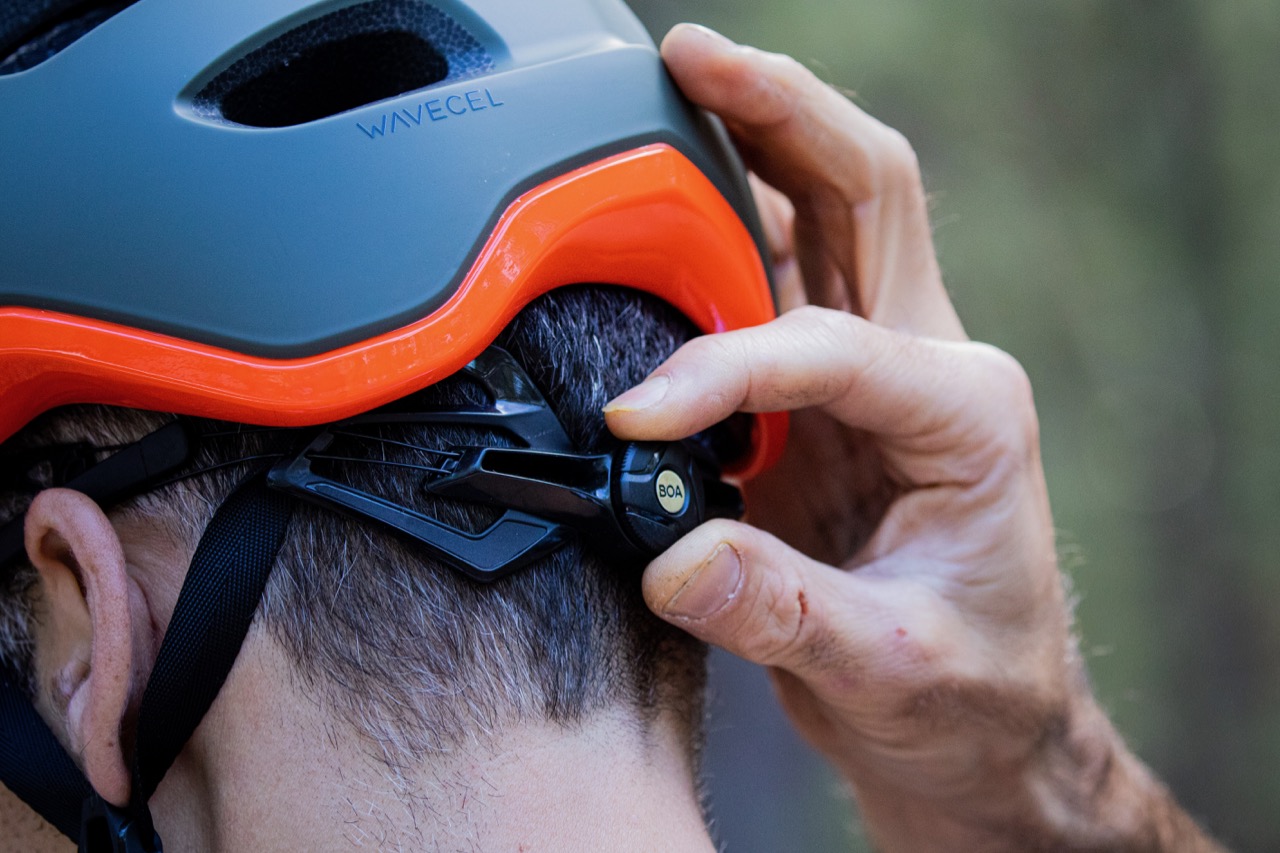
The Rally WaveCel has scored a perfect 5 from Virginia Tech along with a number of other helmets. And I don’t tend to put myself in the position to test the relative safety of one helmet compared to another. However the Rally WaveCel was comfortable to wear, stable, and not overly hot. Given the helmet comes in three sizes, your chances of finding one to fit is good. It’s a rounder fit than long, so bear this in mind if you know what suits your head shape. If you’re more cross-country oriented, you might like the Starvos WaveCel, which is visorless and a little sleeker – plus it’s just $169.99. The Rally WaveCel comes in four colours, including black for those who choose the stealth option.

The Jet WaveCel has proven popular on our tester, in part thanks to the supplied sticker kit for customisation. While $149.99 might seem like a lot for a kids’ lid, they offer a proven high level safety material, which might be perfect for your little ripper who doesn’t know what a broken bone feels like yet. The Jet WaveCel comes in youth and child sizes, but always go and have a helmet properly fitted at your dealer – whether it’s for you or your child.

I really liked what Bontrager did with their WaveCel range when it launched last year, but the addition of the Rally, Starvos and Jet solidify the range, bringing the safety claims of WaveCel to a lower price point and a broader market. And if you can choose a helmet that has been shown to be safer – why wouldn’t you?

RRP: Rally $229.99 | Jet $149.99
From: trekbikes.com
Hits:
– Full size and colour range
– WaveCel tech at more price points
– Comfortable and stable
– Kids’ options!
Misses:
– The BOA dial has nothing on the back, not great for baldies
